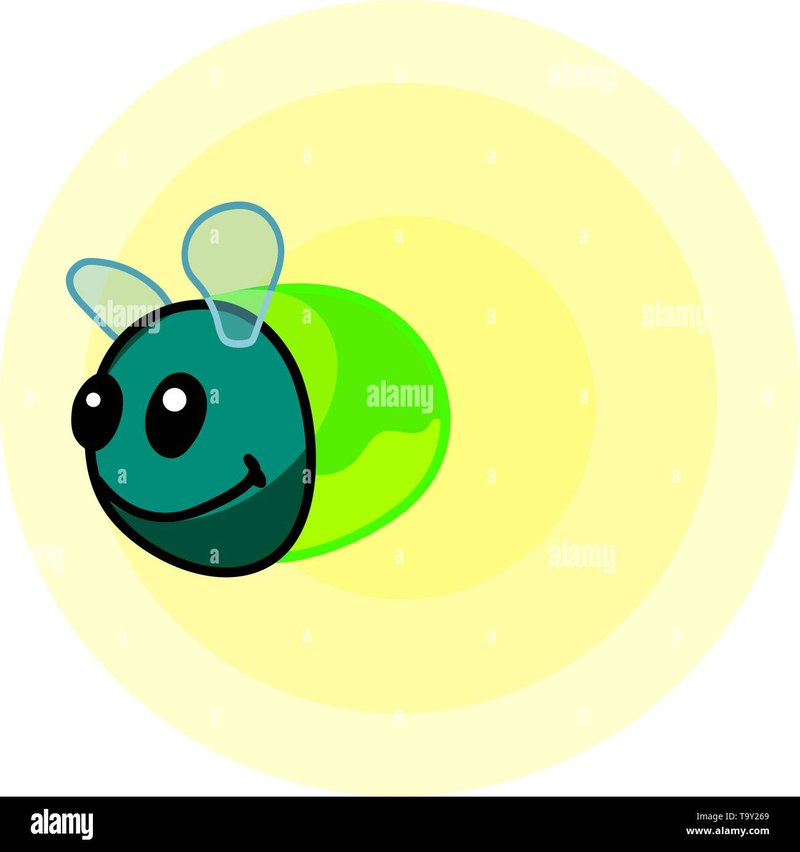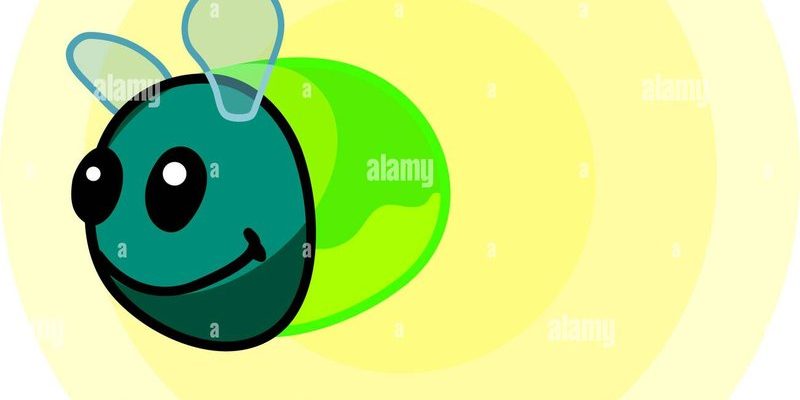
Now, before diving headfirst into glowworms and their scientific uses, let’s set the stage. Glowworms are not actually worms but larvae of a particular species of beetles, mainly from the Lampyridae family. Their luminescence is a result of a chemical reaction in their body, which they use to attract prey. By incorporating glowworms into classroom demonstrations, educators can highlight essential concepts like bioluminescence, life cycles, and ecosystems. Not only will students be entertained, but they’ll also learn to appreciate the delicate balance of life around them.
What Are Glowworms and How Do They Glow?
So, what exactly are these glowing critters? Glowworms are the larvae of fireflies and certain beetles, and they have a unique ability to produce light. This phenomenon, known as bioluminescence, occurs when a chemical called luciferin reacts with oxygen in the presence of an enzyme called luciferase. This reaction emits light, which is why glowworms can light up dark spaces.
In the wild, these glowworms often use their lights to attract insects, typically to serve as food. In a classroom setting, this leads to fantastic discussions about food chains and ecosystems. You might ask your students, “Why do you think the glowworm needs to attract insects?” This way, they start connecting the dots between the glowworm’s life and the larger environment.
What’s fascinating is how glowworms can control the intensity and duration of their glow. This control leads to varying brightness, which can be visually captivating during a science demonstration. Keep in mind, the glow can change based on different factors, like the glowworm’s health and the time of day. This aspect can open the door to discussions about biology and even environmental science.
Why Use Glowworms in Science Demonstrations?
Using glowworms in science demonstrations offers a multitude of educational benefits. First, they provide a hands-on experience that textbooks can’t replicate. Watching a glowworm light up can spark awe and curiosity, prompting students to ask questions. This engagement is crucial for learning.
Moreover, glowworms are a perfect topic for discussing various scientific principles. From ecology to chemistry, they tie into multiple subjects. For example, the light they emit can lead to lessons on chemical reactions, while their habitat and behavior can spark conversations about ecosystems.
Let’s not forget that nature often serves as an excellent teacher. By observing glowworms, students can learn about life cycles, the importance of biodiversity, and the roles different species play within an ecosystem. These real-world applications can make lessons more relatable and memorable. You might find students buzzing with excitement about what they learned and eager to share with friends and family.
How to Incorporate Glowworms in Classroom Activities
If you’re thinking about incorporating glowworms in your classroom, there are several engaging activities you can try. One popular method is to set up a *Glowworm Habitat* experiment. You can create a small, controlled environment where students can observe glowworms in action. This activity gives students a chance to study their behavior and interactions in real time.
Another exciting project is to have students conduct *light intensity experiments*. Using glowworms, students can measure how bright the glow is under different conditions. Perhaps they can change the environment’s temperature or humidity and observe how it affects the glow. It’s an engaging way to teach about the scientific method, observation, and experimentation.
Lastly, get creative with *art projects*! Have students draw or create models of glowworms and their habitats. This kind of project can complement their science lessons, allowing them to express what they’ve learned through art and creativity, further reinforcing their understanding of the subject.
Safety Considerations When Using Glowworms
While glowworms are generally harmless, it’s essential to ensure students’ safety and comfort during demonstrations. First, make sure students are aware that glowworms are living creatures. Handle them gently and with care to minimize stress on the insects. You don’t want to harm their delicate bodies, after all!
Also, consider the habitat and conditions you provide for them. If you’re creating a habitat for your demonstration, make sure it mimics their natural environment as closely as possible. This means maintaining proper moisture and ensuring they’re not in direct sunlight for extended periods.
Moreover, always educate students about the significance of preserving nature. Encourage them to return the glowworms to their natural habitat after the demonstration. This reinforces the concept of ecological balance and teaches responsibility towards living organisms.
Where to Find Glowworms for School Projects
Finding glowworms for school demonstrations can vary depending on your location. In many places, they can often be found in damp, sheltered areas like caves or forests. If you have access to these environments, a short field trip might be an excellent addition to your lesson plan. Just ensure to educate students about responsible foraging: never remove too many from their habitat!
If capturing them isn’t feasible or eco-friendly, you can also explore online vendors that specialize in educational biological specimens. They often provide live samples that come with care instructions. Be sure to select a reputable source, as the health of the organisms is crucial for your demonstrations.
Lastly, consider reaching out to local zoos or science centers. They may offer educational programs or resources about glowworms. Collaborating with these institutions can enhance your lesson and provide students with firsthand knowledge from experts.
Glowworm Science Projects for Students
Encouraging students to take initiative in their learning is vital. Glowworms provide an excellent opportunity for students to create their own science projects. For instance, they could investigate the effects of light pollution on glowworm populations. Students can research local habitats, collect data, and present their findings, which teaches them about research methodology and critical thinking.
Another idea is to have students create a documentary or video presentation about glowworms. This project could cover their life cycle, habitat, and importance in the ecosystem. Not only does this allow for creativity, but it also helps students improve their research and communication skills.
Finally, a collaborative project could involve a *Glowworm Festival!* Students can work together to prepare presentations, experiments, and displays about glowworms. This event allows them to showcase their learning and educate their peers and even parents, fostering a sense of community and shared learning.
Incorporating glowworms in school science demonstrations is a bright idea! Not only do they offer a captivating way to explore biology and chemistry, but they also connect students to the natural world. When kids see these glowing insects in action, they can’t help but be curious and engaged.
With hands-on activities, safety considerations, and plenty of opportunities for creativity, glowworms can light the way for a deeper understanding of science. So next time you’re brainstorming ideas for an engaging lesson, remember the glowworm—a tiny creature that illuminates not just the night, but also the minds of young learners.

